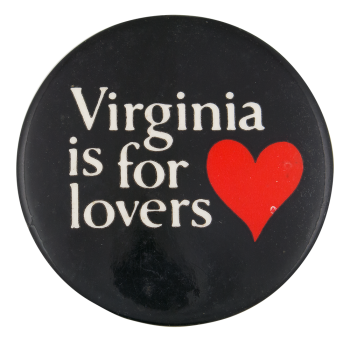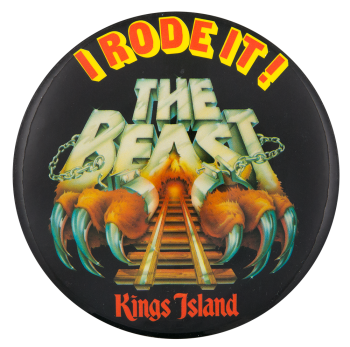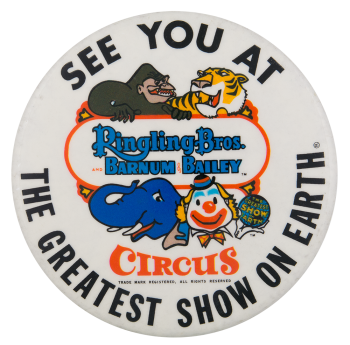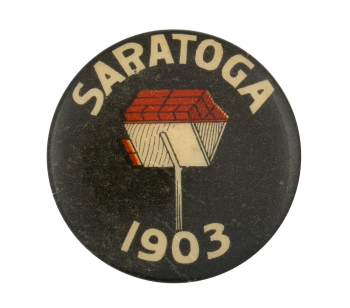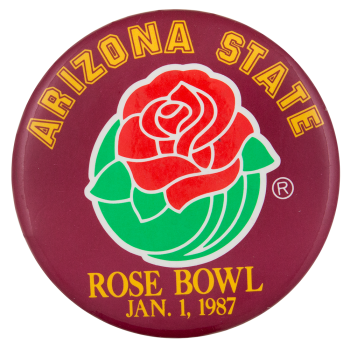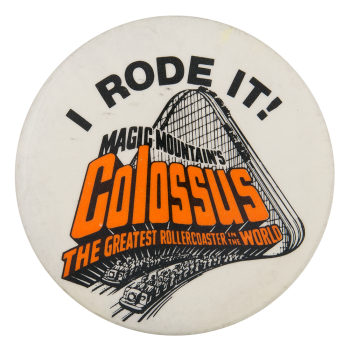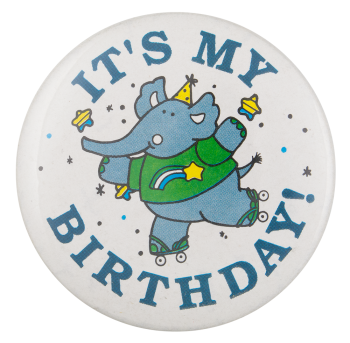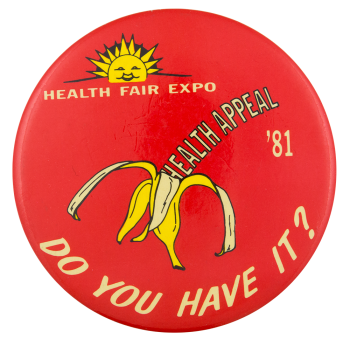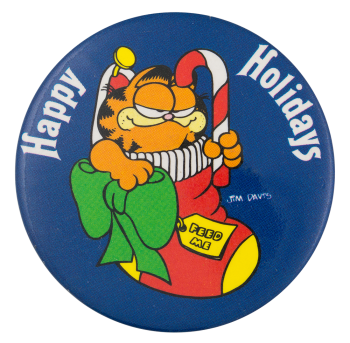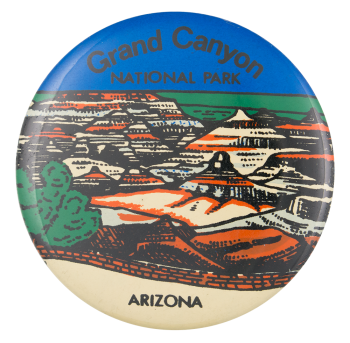Virginia Is For Lovers Black
| Category | |
|---|---|
| Additional Images | |
| Sub Categories | |
| Text on Button | Virginia is for lovers |
| Image Description | Red heart symbol and white text on a black background. |
| Back Style | |
| The Shape | |
| The Size | |
| Additional Information | The slogan "Virginia is for lovers" is one of the most successful advertising campaigns ever created. It was designed by David N. Martin and George Wolz of Richmond, Virginia. The original concept was to have separate slogans for all of the different areas of VA tourism, such as Virginia is for Beach Lovers and Virginia is for History Lovers. In order to ensure that all areas of the state were being represented, the decision was made to use one slogan: Virginia is for Lovers. The slogan embraced the "feel good" emotions of the time. It first appeared as the official tourism and travel slogan of the Commonwealth of Virginia in the March 1969 issue of Modern Bride. In 2009 the phrase was inducted into the Madison Avenue Advertising Walk of ame and the Advertising Icon Museum. |
| Catalog ID | EV0324 |

